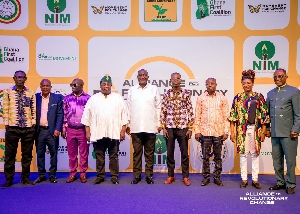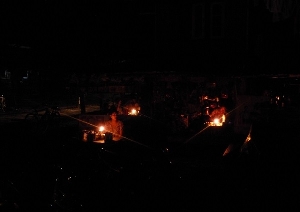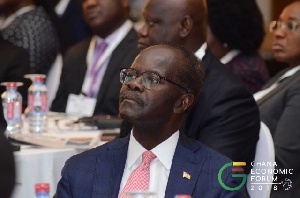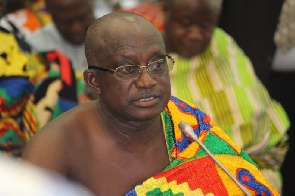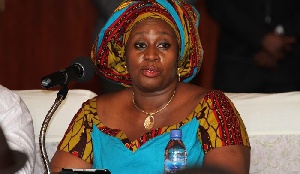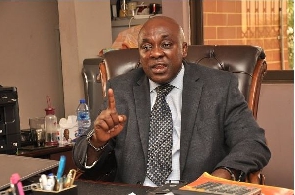The business community is highly expectant of better times in the next six months on account of the tax cuts the new government has promised, but it is, at the same time, worried about the high cost of power.
The Association of Ghana Industries’ business barometer survey shows that the high cost of utilities, particularly power, remains the number one headache for businesses.
Although some 70 percent of the over 500 CEOs interviewed for the fourth quarter, 2016 survey said they expected an “improved” business environment in the next six months, 61percent of them maintained that the high cost of utilities, particularly power, is their number one challenge.
The manufacturing and services sectors both put the high cost of power ahead of other challenges, like the multiplicity of taxes and the high cost of credit, as their number one challenge.
The construction sector, however, said delayed payments were its number one challenge, but followed it closely with the high cost of power.
The AGI, thus, spent a good part of the presentation to draw government’s attention to the high cost of power on businesses, describing as “unacceptable” the technical and commercial losses of over 23% of power generated, which increases costs for consumers.
“The PURC must enforce the performance benchmarks for the utility companies to ensure value for money,” AGI President, James Asare-Adjei, read from a communique issued by the association’s national council after a strategic meeting on February 3 and 4, 2017.
To help bring down the cost of power for businesses, the AGI also called on government to consider reducing the taxes and levies on electricity, and reverse the situation where industry subsidises the cost of power for residential users.
The retail price of electricity in Ghana has seen nearly 600 percentage increase over the past decade, with the average end user tariff for electricity consumed per every kilowatt hour going up consistently from 7.8 pesewas in 2006 to 54 pesewas as at the end of 2015.
In December, 2015, the Public Utilities and Regulatory Commission approved a 59.2 percent increase in electricity tariffs for the fourth quarter of the year alone.
At the beginning of January 2016, an Energy Sector Levy was also introduced, bringing the cumulative increase in electricity tariffs since December 2015 to about 73 percent.
Full implementation of tax cuts
The high level of taxation in the system placed second in the top ten challenges businesses face, and the AGI reminded the new government that it wants to see “full implementation” of the tax cuts promised.
The NPP promised to reduce the corporate tax rate from 25% to 20%, and remove import duties on raw materials and machinery for production within the context of the ECOWAS Common External Tariff (CET) Protocol.
The party also intends to eliminate the Special Import Levy (1-2percent of cost, insurance and freight), abolish the 17.5% VAT on a number of things, like imported medicines, financial services, real estate sales, domestic air tickets, and reduce VAT for SMEs from the current 17.5% to a 3% flat rate.
The new Finance Minister, Ken Ofori-Atta, has said, however, that government would be careful in embarking on the tax cuts in view of the challenges the economy faces.
“The tax cut will be signaled strongly in the first budget but looking at the deposit in stock, we have to be cautious about it. But a good number of taxes will be eliminated in the first budget,” he told the media recently.
High expectations
The challenges, notwithstanding, the AGI survey shows that business leaders are expectant, which helped jack up the business confidence index a little, from 99.0 in quarter three to 101.6 points in quarter four of 2016, the first time in three quarters that the indicator has crossed the baseline index of 100.
As compared to quarter three of 2016, about 10% more of employers are likely to hire more within the next 6 months, the survey shows.
- 'Of course, strongly' - Akufo-Addo speaks on support for Bawumia
- Contempt trials won’t save you from charges of partisanship - Kwaku Asare to SC Justices
- 4 shortlisted for KMA boss job
- You have two months to remove your sirens – Henry Quartey warns Ministers, deputies, others
- Oquaye, NAPO get honorary doctorates from UEW
- Read all related articles



